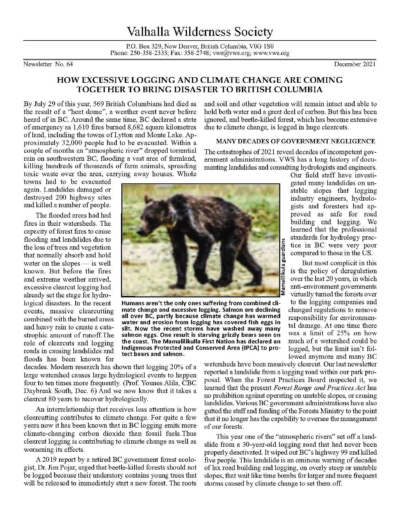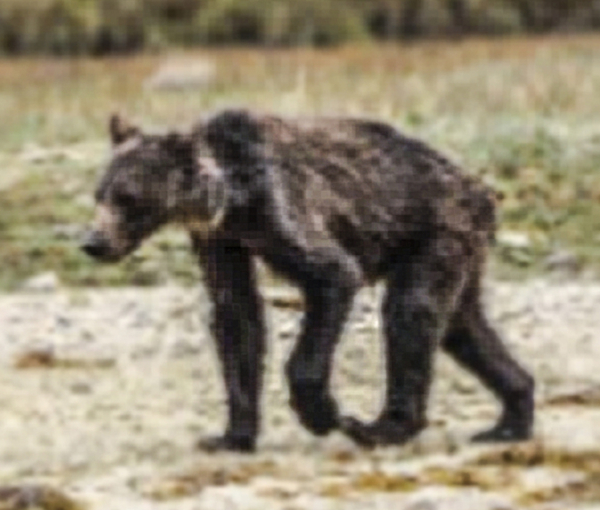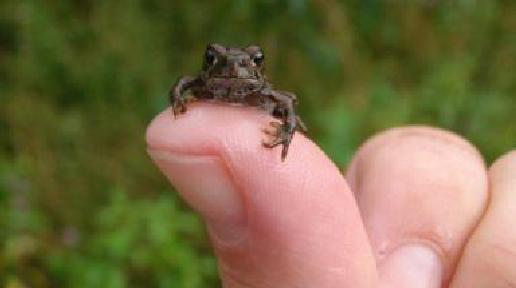While wolves die, old-growth forest is decimated
This information is mostly focused on the Deep Snow Mountain Caribou of BC’s Interior Wetbelt, which is an Inland Temperate Rainforest ecosystem. No other kind of caribou in the world spends winter in subalpine forests where the snow is up to 10 meters deep. They need to descend in spring to low-elevation forest. A food that’s key to their survival is tree lichens; trees must be at least 140 years old to grow enough lichens to support caribou.
Moose, deer and elk prefer young forest caused by fires and other conditions, where they can eat abundant vegetation, including young trees. Clearcuts have vastly increased young forest and depleted old forest, drawing and multiplying moose, deer and elk. Wolves prefer to eat these larger animals, and follow the moose, deer and elk into clearcut areas. The caribou become isolated in patches of forest left between the clearcuts, which makes them easy for predators to find. The most urgently needed conservation actions are protection of remaining old growth forest, restoration of already-disturbed habitat, and exclusion of winter recreation from high-value winter caribou habitat. These actions serve as non-lethal wolf control. Scientists say that killing predators without protecting enough habitat will not save caribou. Research has also shown that there is no statistical basis for wolf control as a conservation method for caribou. Read more to find the following information:
1. VWS’s View on Predator Culling for Mountain Caribou
2. Kinds of Mountain Caribou
3. Failure of the Mountain Caribou Recovery Plan
4. Misleading Government Rhetoric about Wolves and Caribou
5. VWS: 40 years working to protect caribou
Read more



